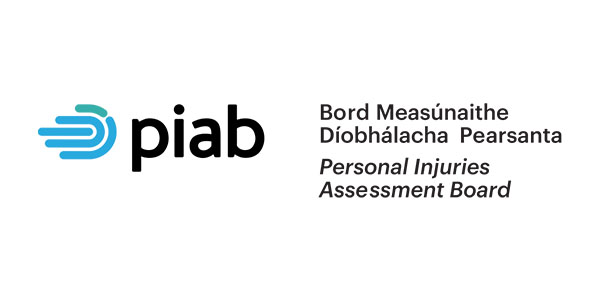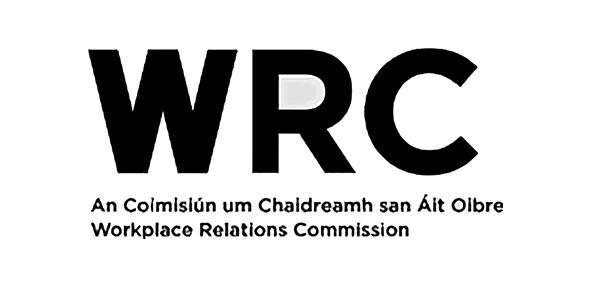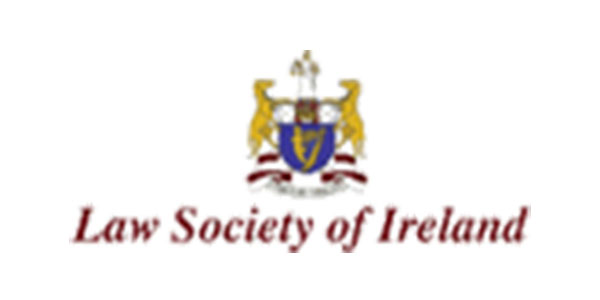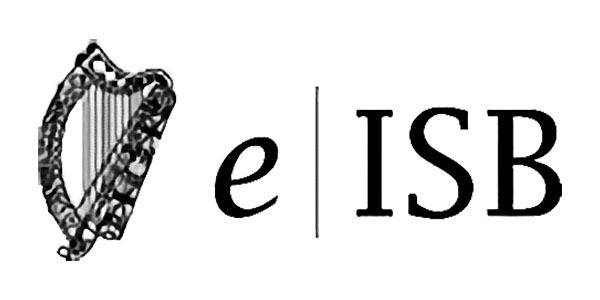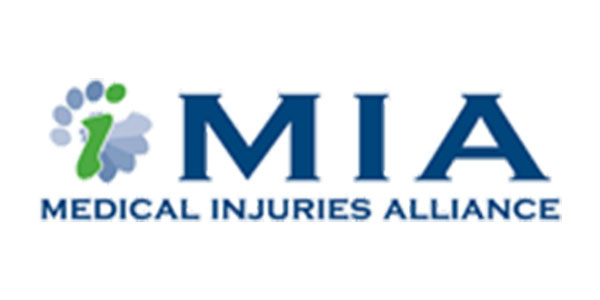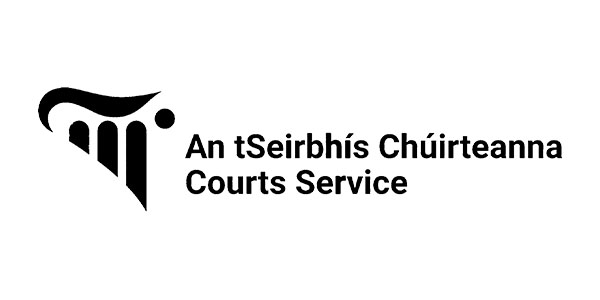The safety of public places is very well regulated in Ireland and you are protected as a consumer or worker, but there are certain steps you need to follow
Trips, slips and falls are some of the most common accidents. They happen every day and by their nature, can cause very serious injury and, in some cases, even death. According to the Health Service Authority, there are approximately seven accidents classified in this grouping every day and it is the second most common type of accident in the workplace and in public places. All public spaces and work environments are covered by legislation to protect anyone who is required to be there, either for leisure, work or necessity.
Around 22% of slips, trips and falls can result in up to a month’s absence from work while many others result in long-term chronic pain and mobility issues. To combat this, employers and service providers such as restaurants, banks and shopping centre management companies need to be aware of their responsibility in this area. If you have experienced a slip, trip or fall in a public place or in your workplace then you may be entitled to compensation for your injuries. It’s very important that you seek advice from an expert organisation and help them to provide you with the very best advice around your experience.
The following is a guide to what you need to know about slips, trips and falls, how to react if you experience one and what needs to happen next to allow your claim to be processed correctly.
WHAT IS A SLIP, TRIP OR FALL?
A slip occurs when there is too little traction between the floor surface and the footwear of a person. A trip is the result of a walker hitting their foot off a step or other object causing them to lose balance. A fall is a loss of balance resulting from a slip or trip which results in moving from a high position to a low position, usually rapidly.
WHAT FACTORS CAN BE CLASSIFIED AS CONTRIBUTING TO A SLIP, TRIP OR FALL?
There are many different factors that are controllable in a public place or a workplace that can contribute to a slip, trip or fall. These include poor lighting, wet surfaces, stairways and steps while travelling up or down, the movement of vehicles, uneven surfaces, floor cleaning, the presence of ice or snow, bathrooms, entrances and exits, the presence of spilt liquids or a discarded container containing liquids. These apply to any type of building where a member of the public is expected to be, such as public areas and also on public transport vehicles such as trains and buses.
WHAT ARE THE MOST COMMON INJURIES CAUSED BY A SLIP, TRIP OR FALL?
The types of injuries that result in a slip, trip or fall are many. These are the most common but are not restricted to this list:
Soft tissue injuries – these type of injuries often don’t appear until sometime after the event. They can include sprains or ligament tears that take time to manifest. They are the main reason that, even though you may feel fine immediately after a slip, trip or fall, you should seek medical assistance. Soft tissue injuries can become a source of chronic pain if they are not identified early or treated properly.
Broken bones – these injury types are the result of too much pressure being rapidly applied to a bone during a fall or trip. They are common in areas such as wrists or ankles where the pressure can be most forceful. Your age can be a factor too, with more broken bones occurring with older people.
Head injuries – The most traumatic and long-lasting head injuries are injuries to the brain. They can result when a person’s head strikes an object or the floor as they fall. Head injuries can include bumps and bruises but also concussion, fractures and haemorrhage. If your head strikes an object it is extremely important to seek medical assistance as soon as possible.
Sprained ankles or wrists – In general, sprains are the result of damage to ligaments during a fall. We instinctively use our hands to protect ourselves or use our feet to attempt to regain balance when we are falling. This puts unusual and rapid force on ligaments in our wrists and ankles which can take a long time to heal. Sprains, in particular, have a big impact on our day-to-day life as we are often unable to perform daily tasks such as typing, walking or preparing meals.
Cuts or abrasions – The presence of blood as a result of a cut or other skin damage during a fall can often appear to be more traumatic than it is. Although cuts and abrasions tend to heal more quickly than other types of injuries, depending on where on the body it occurs it can have long-lasting affect.
Back or spinal cord injuries – damage to the vertebrate in the spine is a very common result of a fall or trip. The impact during a fall can create damage that has long-term consequences, including slipped discs and fractures.
Shoulder or neck injuries – while falling at speed our shoulders and neck can receive a great deal of the impact, resulting in sprains, fractures or dislocations of the shoulder. Any damage to the neck, either at spinal or muscle level can create intense pain and make normal day-to-day life very difficult.
Knee damage – Our knees are a complex set of bones and ligaments with a crucial role to play. When damaged, they can take a great deal of time and effort to heal and can create problems that last into old age.
Hip damage – The majority of hip fractures are as a result of falls. They are very complicated to repair and usually require surgery. They may require implants or the replacement of the hip. Many older people need significant time to recover from a hip injury.
AREN’T ACCIDENTS SUCH AS TRIPS, SLIPS AND FALLS BLAMELESS BY DEFINITION?
Accidents do happen but, if you are in a public space for the purposes of the services provided by that location’s owners, then the owners and management have a responsibility to ensure that the space is safe to visit. Stairwells need to be properly lit, surfaces need to be even for footfall and wheelchair or pushchair users, signage alerting people to hazards needs to be clear and visible while spillages or other temporary hazards caused by weather, for example, need to be dealt with in a timely and efficient manner.
DO THE REGULATIONS ONLY APPLY TO WORKPLACE ACCIDENTS?
No, the regulations around the responsibility of maintaining a safe public space includes all people who might be in a public space. A shop worker may be injured in a fall in a store due to an unsafe surface but a member of the public could also be injured in the same way. Both are entitled to claim compensation for their injuries.
WHO IS LIABLE FOR A TRIP, SLIP OR FALL?
It is the responsibility of the management team or owner in a public space or public transport vehicle to put policies and practice in place that reacts to the changing nature of public spaces.
For example, on a particularly wet day, rain water reach an entrance area of a shopping centre making the floor slippery. This is a scenario that can be planned for with good policies in place to ensure that in bad weather the entrances are checked regularly and attended to so as to ensure they are safe. Safety mats or other floor coverings can be placed to improve safety and automatic doors can be installed to reduce weather impact. Plans can be put in place to erect temporary signage to alert customers to hazards. All of these things can be done or planned for in advance to meet the highest level of safety.
Management teams are required to make risk assessment plans for their public spaces and to have monitoring systems in place to adapt to changing circumstances such as increased footfall, inclement weather or unexpected damage.
WHAT ARE THE TIME LIMITS AROUND CLAIMING FOR SLIPS, TRIPS OR FALLS?
In Ireland, you have two years to make a claim for an injury experienced in a public place. This period of time starts from the moment your injury is identified. This could be immediately after the slip, trip or fall or it could be some time later when a hidden injury emerges.
WHAT SHOULD I DO TO HELP MY CLAIM IF I HAVE EXPERIENCED A SLIP, TRIP OR FALL?
If you experience an injury in a public place it is crucial that you report it to the management of the building, store or service provider or a staff member.
If the slip, trip or fall occurs outside on a pavement or in a public park, for example, you should contact the local council responsible.
There are strict rules in place as to how they should respond to your report and these include officially documenting and assessing the event, requesting you complete a written injury report and assessing the need for and providing medical assistance.
Even if the person responsible feels you do not need medical attention you should request it or seek this yourself. Many injuries are not visible or yet creating pain in the immediate period after the slip, trip or fall.
You should ensure you receive a copy of any report made by you or the staff or council representatives.
You should ask if CCTV is operating in the area where the slip, trip or fall occurred.
If you feel able to you and have a device such as phone then you should photograph the area where the trip, slip or fall occurred for yourself.
If there are any witnesses to the event, try and obtain their names and contact details.
Gather as much of this information as possible and contact an experienced and expert legal advice service. Its team will be able to advise you on next steps for making a claim for compensation.

